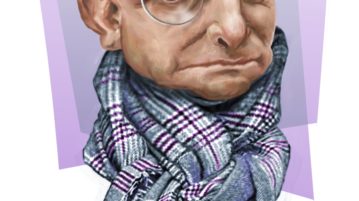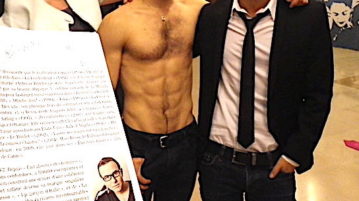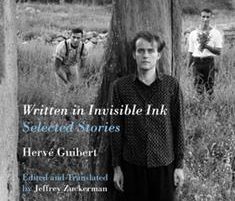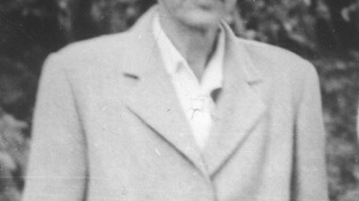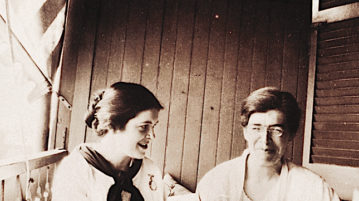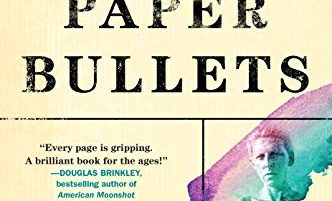
Claude Cahun and Marcel Moore in Exile
Schwob did not operate at that level of artistic achievement. She produced photographs that allowed her to play with images of gender fluidity but that do not seem to have attracted much attention. In Paper Bullets, author Jeffrey H. Jackson asserts that her memoir, Aveux non avenus (“Disavowals,” 1930), “captured the interest of many in the avant-garde art world in Paris,” but provides no supporting documentation.
More




